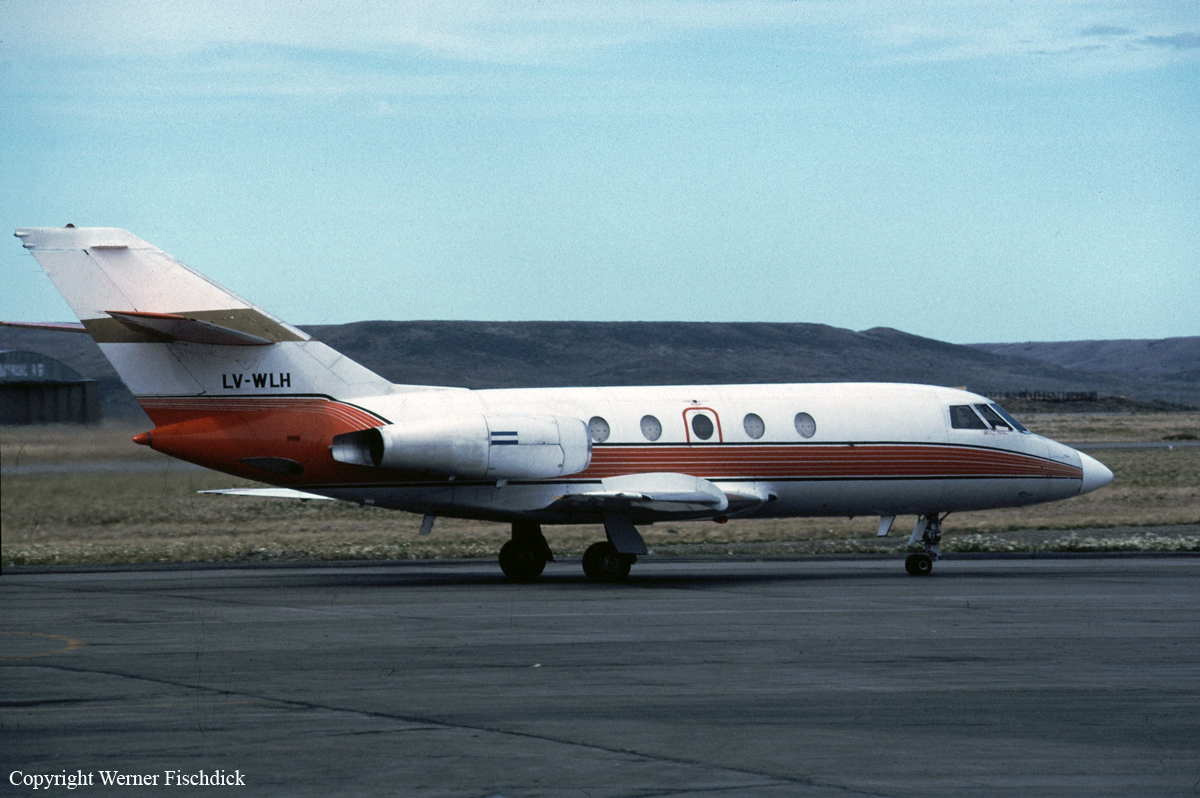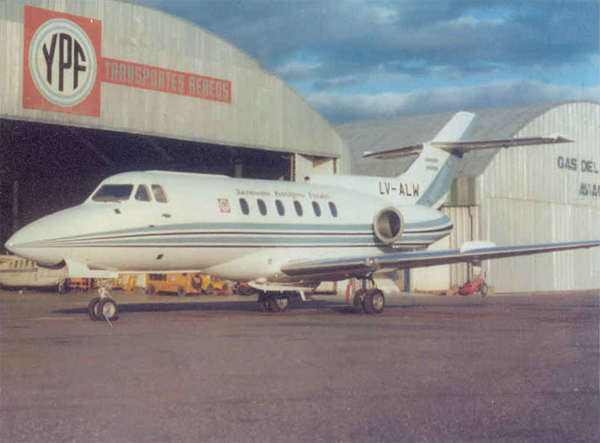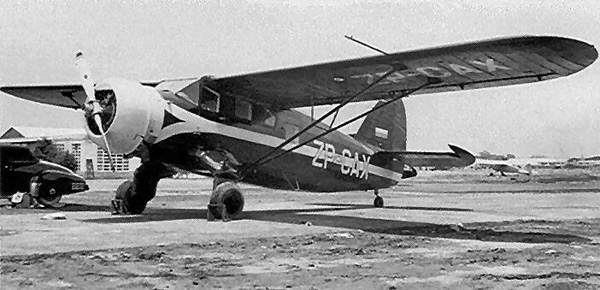Crash of a GAF Nomad N.22B in Salta
Date & Time:
Aug 28, 2006 at 2200 LT
Registration:
ZP-TDZ
Survivors:
Yes
Schedule:
Asunción – Resistencia – Joaquín Víctor González – Salta
MSN:
57
YOM:
1977
Crew on board:
2
Crew fatalities:
Pax on board:
10
Pax fatalities:
Other fatalities:
Total fatalities:
0
Circumstances:
The twin engine aircraft departed Asunción on a charter flight to Salta with intermediate stops in Resistencia and Joaquín Víctor González, carrying 10 passengers and two pilots. On approach to Salta-Martín Miguel de Güemes Airport, both engines failed. The crew attempted an emergency landing but the aircraft struck trees and crashed in an open field located 3 km short of runway. All 12 occupants evacuated safely while the aircraft was damaged beyond repair.
Probable cause:
Failure of both engines on final approach after the air intakes got stuck by ice/frost because of incorrect use of the anti-icing systems on part of the crew. A poor flight planning and unfavorable weather conditions (icing) were considered as contributing factors.
Final Report:










